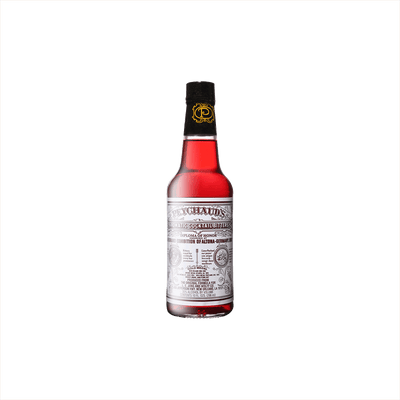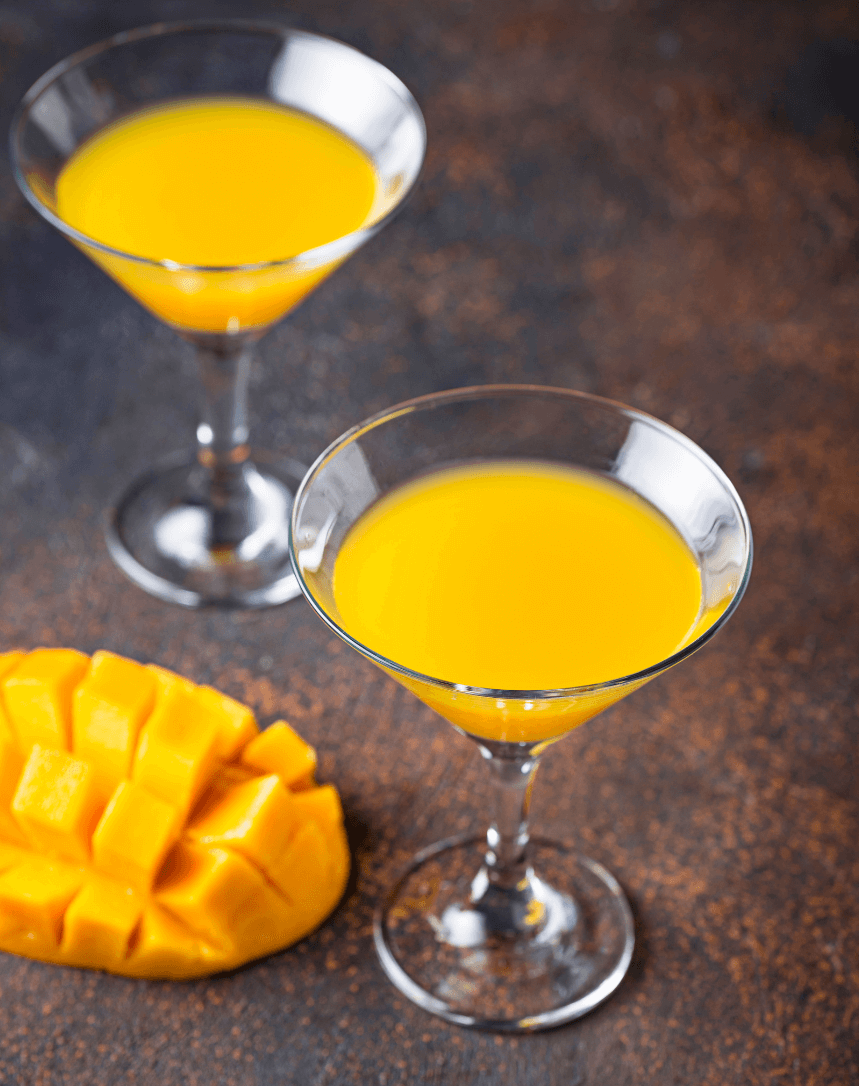Aromatic Bitters
What are Aromatic Bitters?
Aromatic bitters represent a specific category within Herbal & Spiced Bitters that focus on delivering complex, fragrant flavor profiles through carefully balanced botanical blends. These bitters are defined by their emphasis on scent-forward ingredients like cardamom, cinnamon, cloves, and various aromatic roots and barks that create layers of warm, spiced complexity. What sets aromatic bitters apart is their ability to add both olfactory depth and taste enhancement to cocktails, making them essential for classic drinks like Old Fashioneds and Manhattans where their multi-dimensional spice notes can truly shine.
Learn More About Aromatic Bitters
What makes Aromatic Bitters unique?
Aromatic bitters stand apart from other herbal and spiced bitters through their balanced complexity and versatility as cocktail foundations. While orange bitters focus on citrus brightness and walnut bitters highlight nutty richness, aromatic bitters like Angostura blend dozens of botanicals into a harmonious profile that complements rather than dominates. This makes them the Swiss Army knife of the bitters world – equally at home in a Manhattan, Old Fashioned, or Pink Gin, where their warm spice notes and subtle sweetness tie together disparate flavors without overwhelming the base spirit.
How are Aromatic Bitters made?
Aromatic bitters start with a neutral spirit base that gets infused with a carefully guarded blend of botanicals like gentian root, cassia bark, cardamom, and various citrus peels through either maceration or distillation methods. The mixture steeps for weeks or even months, allowing the spirit to extract the complex flavors and compounds from each ingredient. After straining and filtering, the concentrated liquid is often aged briefly before being bottled at a much higher proof than typical spirits, creating that intensely flavored elixir that transforms cocktails with just a few dashes.
How do you drink Aromatic Bitters?
Aromatic bitters are almost never consumed neat or on the rocks due to their intensely concentrated, medicinal flavor – think of them as the seasoning salt of the cocktail world rather than a standalone spirit. Instead, they shine as a crucial ingredient in classic cocktails like the Old Fashioned, Manhattan, and Whiskey Sour, where just a few dashes add complexity and depth to brown spirits. These versatile flavor enhancers work particularly well in fall and winter cocktails when you want something warming and sophisticated, making them perfect for cozy evenings by the fire or holiday gatherings where rich, spiced flavors feel most at home.
How do I choose good Aromatic Bitters?
Start with Angostura as your baseline—it's the gold standard that most classic cocktail recipes assume you're using, so you'll want to understand its distinctive spice-forward profile before exploring alternatives. Once you've got that foundation, consider how different aromatics complement your favorite cocktails: Fee Brothers offers a brighter, more citrus-leaning option that shines in whiskey sours, while Peychaud's brings that essential anise note to a proper Sazerac. Think about the base spirit you're working with most often—bourbon and rye love the traditional warming spices of classic aromatic bitters, while rum cocktails often benefit from something with more vanilla or tropical fruit notes.
Nutritional Information
Typical Calorie Range per Ounce: 20-40 calories
Typical Carbohydrate Range per Ounce: 1-3 grams
Typical Sugar Range per Ounce: 0-2 grams
Typically Gluten Free: Yes
Most aromatic bitters are naturally gluten-free since they're made from botanical extracts, spices, and alcohol. The low nutritional values reflect the fact that you're using just a few dashes in your cocktails—typically 1/8 teaspoon or less per drink. Keep in mind that different brands and recipes can vary significantly in their formulations. Always check the specific product label and manufacturer information to confirm gluten-free status, especially if you have celiac disease or severe gluten sensitivity.
Scrolled this far? Your reward? Aromatic Bitters Trivia!
- The original Angostura bitters recipe calls for over 40 botanical ingredients, but the actual formula remains locked in a bank vault in Trinidad, known by only five people worldwide. When one of these guardians dies, they must pass the secret to a chosen successor before taking it to their grave. Talk about taking your work secrets seriously.
- During Prohibition, clever bartenders sold Angostura bitters as "medicinal tonics" since they contained 44.7% alcohol by volume. Customers would buy bottles of bitters and mix them with soda water at home, creating what they called "pink drinks." The government couldn't legally stop the sale since bitters were classified as medicine, making them one of the few legal ways to get tipsy during the dry years.
- The iconic oversized label on Angostura bitters bottles exists because of a 19th-century printing mishap. In 1870, the Siegert brothers ordered labels and bottles separately for a competition, but the label printer made them too big and the bottle maker made them too small. Instead of reprinting, they submitted the mismatched product anyway – and won first place. They kept the "mistake" as their signature look.
- Peychaud's bitters were originally sold as a cure for stomach ailments in 1830s New Orleans, dispensed from an egg cup called a "coquetier." French-speaking customers mispronounced this word, and it eventually became "cocktail" – making Peychaud's bitters literally responsible for giving us the word we use for mixed drinks today.
- A single dash of aromatic bitters contains roughly the same amount of alcohol as a thimble full of wine, but your body processes it so quickly that you'd need to drink an entire 4-ounce bottle of bitters in one sitting to feel any effects. This is why bitters remain legal to sell to minors in most places, despite their high alcohol content – the serving size makes intoxication practically impossible.
Higher-proof spirits can be intense. Mix carefully, taste thoughtfully, and enjoy responsibly.
Gift message (optional)







